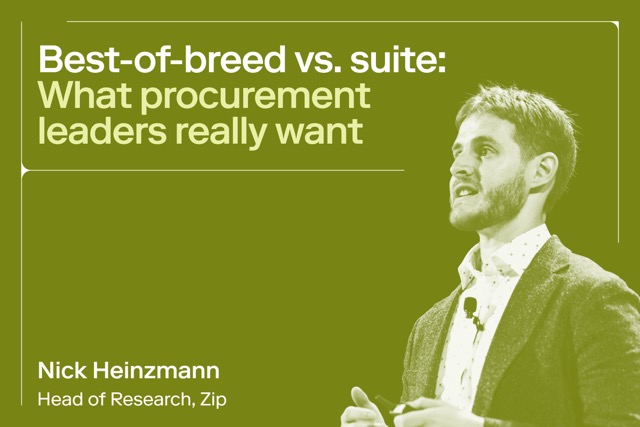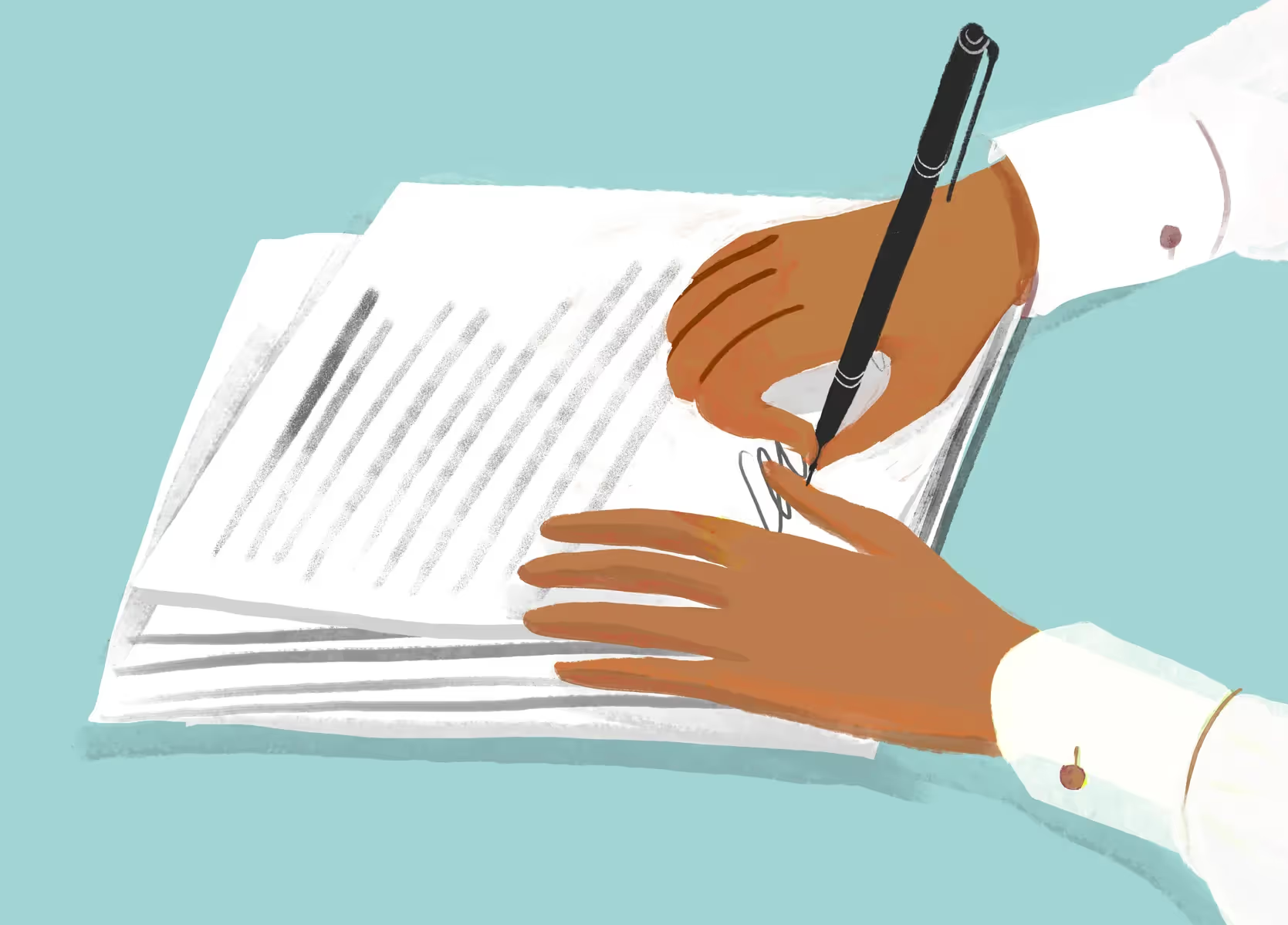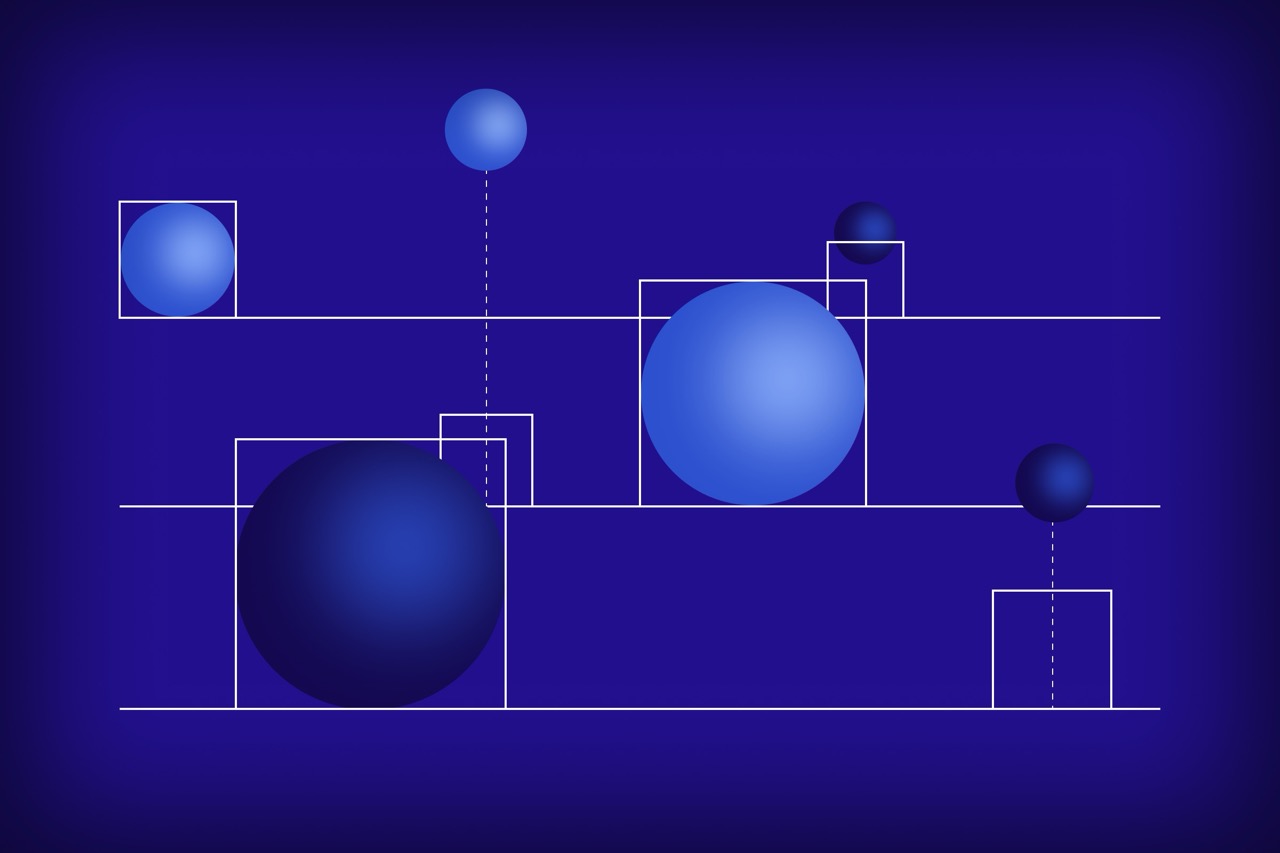
What are procurement costs? Importance & best practices
Learn about procurement costs, their impact, and how to manage finances.

Procurement operations can fundamentally improve a company’s bottom line—when the purchasing process is adhered to. However, if employees are making purchases outside of procurement’s oversight, then cost control problems, compliance issues, and other negative financial consequences can emerge.
This is why companies are so eager to increase ‘spend under management’, or the portion of an organization’s total spend actively managed by procurement.
Imagine if your procurement process could push your organization’s spend under management from a common ceiling of 60-70% to an impressive 90%+. In fact, improved intake processes have been shown to directly correlate with increased spend under management by 80% in starter use cases.
But what exactly is the cost of procurement, and why does it matter so much to your organization's bottom line? Let’s take a look at the costs involved with procurement, how to calculate procurement, examples and best practices for reducing costs, and how Zip can offer tangible benefits to procurement organizations.
What are procurement costs?
Procurement costs encompass all expenses incurred when acquiring goods or services necessary for business operations. This includes every step of the procurement process, from sourcing to payment.
Different types of procurement costs
- Direct Costs: These are the base costs directly tied to the purchase of goods or services; ie. the purchasing costs, like base price or unit price, of what you’re buying.
- Indirect Costs: Expenses not directly associated with the product but necessary for procurement, like administrative fees, delivery charges, and taxes—part of what’s known as ‘indirect procurement’.
- Fixed Costs: Costs that remain constant regardless of the volume of goods or services procured, such as the salaries of procurement staff.
- Variable Costs: These are costs that fluctuate with procurement volume, like the costs of raw materials and finished goods.
It’s important for procurement professionals to keep these types of costs in mind when determining the life cycle and operational costs, all parts of the procurement process.
Procurement cost vs. Product cost
It's worth taking a moment to distinguish between procurement costs and product costs. Product costs refer to the expenses incurred in creating the product itself, such as raw materials, labor, and manufacturing overhead. In contrast, procurement costs include all expenses related to sourcing and purchasing these goods or services.
Examples of product costs in procurement
- Raw Materials: Essential components needed for production.
- Finished Goods: Completed products ready for sale.
- Intermediary Products: Items used in the production process but not the final product.
These costs can vary significantly depending on the industry and the nature of the goods or services procured. For instance, the procurement costs for a manufacturing company will differ from those of a service-based business, or outsourcing certain services may save vs. the product cost of building something in-house.
How to calculate procurement cost
To effectively manage procurement costs, it's essential to understand the components that make up the total procurement cost:
- Direct Costs: The straightforward costs directly tied to the purchase of goods or services.some text
- Purchase price of goods or services
- Freight and delivery charges
- Duties and tariffs
- Taxes
- Indirect Costs: Associated costs that, while not directly linked to the purchase price, still add to the bottom line.some text
- Administrative expenses
- Storage and warehousing
- Quality control and inspection 3ees
- Transactional Costs: These are the costs incurred during the procurement process itself.some text
- Cost of processing Purchase Orders
- Cost of processing invoices and payments
- Communication costs with suppliers
- Costs related to order handling and management
- Compliance Costs: Ensuring that procurement activities comply with relevant laws, regulations, and internal policies can also incur costs.some text
- Regulatory compliance fees
- Costs or compliance audits
- Training and certification costs for procurement staff or contractors
- Operational Costs: The various operational expenses that support the procurement function.some text
- IT systems and software for procurement
- Procurement staff salaries and benefits
- Costs of training and development for procurement teams
- Costs of supplier relationship management
Bringing these all together, the formula to calculate total procurement cost could be:

By considering these components, procurement and finance leaders can gain a more comprehensive understanding of the total procurement cost, ensuring all relevant factors are accounted for.
How to accurately measure and track the total cost of procurement
Accurate measurement and tracking of procurement costs are vital for identifying cost-saving opportunities and improving efficiency. Integrated procurement software plays a vital role in capturing and analyzing procurement data. Here are some best practices:
- Regular audits: Conducting regular audits to ensure all procurement activities and costs are accurately recorded.
- Leveraging technology: Using advanced procurement software for real-time monitoring and analytics.
- Cost tracking: Implementing robust cost-tracking mechanisms to keep an eye on both direct and indirect costs.
Best practices for managing procurement costs
To effectively manage procurement costs and optimize the procurement process for both short-term savings and long lasting partnerships, consider implementing the following best practices within your procurement department.
1. Leverage technology
Utilize advanced procurement software to accelerate procurement processes, automate repetitive tasks, and enhance data accuracy. Automation reduces manual errors and frees up the procurement team to focus on strategic activities.
2. Optimize supplier relationships
Building strong supplier relationships can lead to better pricing, improved quality, and more favorable payment terms from your providers. Regularly review and negotiate contracts to ensure they align with your organization's cost-saving goals.
3. Implement category management
Category management involves organizing procurement activities by product or service category to leverage economies of scale, improve supplier management, and reduce costs. By taking a strategic approach you can find ways to consolidate purchases and optimize spend.
4. Conduct spend analysis
Regularly analyzing spend data helps identify cost drivers, maverick spend, and procurement savings opportunities. Use metrics and data to make informed decisions about sourcing, purchasing processes, labor costs, and other cost reduction initiatives.
Zip’s spend insights tools provide the earliest visibility into spend, ensuring your procurement teams understand the full lifecycle of spend, starting at intake. With this kind of analysis, you can break cycle time records and unlock new opportunities for savings based on every detail at every step of the way.
5. Improve procurement processes
Once fully understood, you can streamline your procurement workflows to enhance efficiency and reduce costs. There is some low-hanging fruit when it comes to finding efficiencies, like standardizing purchase orders, optimizing purchase requisition processes, and improving inventory management.
How the Intake process impacts the overall cost of procurement
An efficient intake process is fundamental in controlling procurement costs and enhancing supply chain management. The initial phase of the procurement cycle sets the stage for all subsequent activities, and a well-managed intake process can lead to significant cost savings.
Zip’s pioneering Intake solutions ensure that procurement starts on the right foot, emphasizing the connection between effective intake and cost savings. By capturing essential data at the request stage and automating key steps such as purchase order creation, Zip helps organizations reduce time and costs associated with procurement.
Traditional Procure-to-Pay (P2P) systems often fall short in providing early visibility into spending, which can lead to inefficiencies and higher costs.
In contrast, Intake-to-Pay (I2P) systems offer a more integrated and efficient approach. I2P systems provide early visibility into spending, optimize approval workflows, and improve supplier management. These features enable procurement teams to manage costs proactively and avoid unnecessary expenses.
Use Zip to improve the cost of procurement
Understanding and managing the cost of procurement involves recognizing the different types of costs, accurately measuring and tracking these costs, and optimizing the intake process.
Zip offers a comprehensive solution to accelerate the procurement process and reduce costs through its innovative features:
- Intuitive Intake Process: Zip's Intake-to-Procure process captures essential data at the request stage, automating PO creation so employees can follow policy without friction. This seamless process reduces the time from procurement request to order completion, significantly impacting overall procurement costs and improving cash flow management.
- Automated Data Extraction: AI-driven tools within Zip make extracting key data from purchase orders and other documents easy, reducing manual input and errors. This feature directly addresses inefficiencies in the procurement process, ensuring data accuracy and saving time, solving for effective inventory control and risk management.
- Powerful Insights: Zip provides full, transparent access to spend and performance data, helping control budgets and uncover savings opportunities with line-level detail. This allows procurement leaders to make informed decisions based on accurate and comprehensive financial data, ultimately improving contract management and cost avoidance.
By implementing Zip’s procurement orchestration platform, organizations can not only reduce procurement costs but also improve operational efficiency and enhance their strategic procurement capabilities. Zip's features, such as automated need validation, centralized intake portals, and AI-driven insights, accelerate the procurement process and reduce costs.
To discover how Zip can transform your procurement process and help you achieve significant cost savings, schedule a demo today and take the first step towards more efficient and cost-effective procurement.

Maximize the ROI of your business spend

Enter your business email to keep reading



























.webp)




















.avif)













.avif)










.webp)





.avif)











.avif)
